Waiting for the Helios-RLD UAV: for protection against low-flying air attack weapons

In the material published on December 11 this year Ukraine goes on the defensive: consequences, risks, opportunities The author examined the threats that may result from the refusal of the Ukrainian Armed Forces (AFU) to carry out a ground offensive and transition to strategic defense:
The targets will be the objects that are most complex and expensive to restore - strategic aircraft aviation, carriers of the Kinzhal complex missiles, most modern surface ships and submarines of the Russian Navy.
And on December 26, Feodosia was struck by a Storm Shadow cruise missile (CL), damaging the large landing ship (BDK) Novocherkassk of the Black Sea Fleet of the Russian Navy. The extent of damage to the ship is unknown at the time of writing this article. According to Ukrainian sources, the large landing ship was completely destroyed. According to some Russian sources, the ship received minor damage. Again, according to unconfirmed reports, the Novocherkassk landing craft transported a large batch of kamikaze unmanned aerial vehicles (UAVs) of the Geran-2 type.
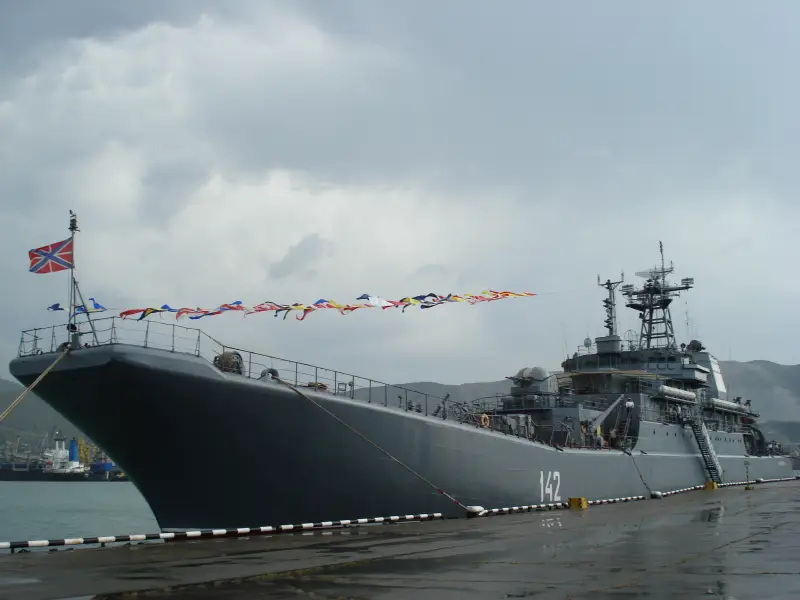
BDK "Novocherkassk" project 775 (775/II) in the port of Novorossiysk. Photo by Alexander Veprev
A video recording of the explosion is circulating online, for the filming of which its creators apparently face criminal liability. The explosion was clearly powerful, but what exactly exploded is not yet clear.
This tragic event is another slap in the face to skeptics who stubbornly refuse to acknowledge the fact that the best way to combat enemy surface ships and submarines is to destroy them while they are in the naval base, while, fortunately, we have not yet seen truly massive attacks.
One way or another, reality confirms previously made predictions - in the absence of success in the ground offensive, the Ukrainian Armed Forces will increase the number and quality of strikes delivered by high-precision weapons long-range to objects on the territory of the Russian Federation.
This means that it is necessary to systematically increase the effectiveness of countermeasures against Ukrainian long-range precision weapons, and today we will talk about detecting low-flying targets such as “cruise missiles” and “kamikaze UAVs.”
Creeping over the ground
Ukrainian (more precisely, British and French) low-flying long-range precision-guided munitions and the problems associated with the fight against them were discussed in a material published on December 12 The intensity of attacks caused by Ukrainian cruise missiles and kamikaze UAVs will only increase.
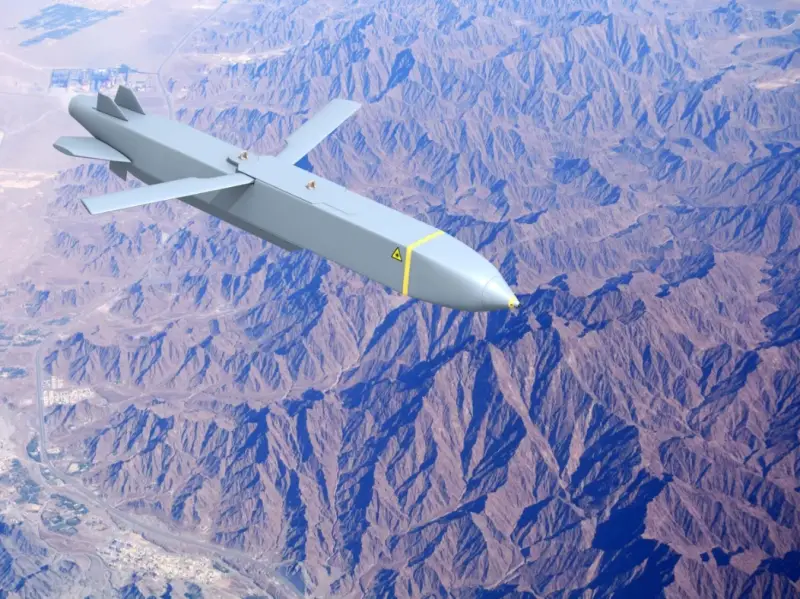
The Storm Shadow cruise missile can fly at an altitude of about 30 meters. Image by iStock.com/alxpin
Given the fact that The Ukrainian Armed Forces may soon receive (or have already received) F-16 fighters, the intensity of strikes with cruise missiles can indeed increase significantly, of course, if the missile launchers themselves are delivered along with the aircraft. In the context of accusations against Russia that it has received and is using North Korean ballistic missiles, The United States may decide to transfer the above-mentioned JASSM-ER long-range missiles to Ukraine.
There are three main problems that hinder the timely detection of low-flying air attack weapons (LAW), namely:
- low flight altitude of SVN, which, in combination with the terrain, prevents their timely detection;
- the enemy’s awareness of the location of air defense systems (air defense) thanks to space and air reconnaissance assets of NATO countries, as well as, presumably, a developed intelligence network;
- low radar signature of EOS in the radar and thermal wavelength ranges.
That is why timely detection of low-flying air attack weapons is the primary task of air defense.
One of the elements of a promising system for detecting low-flying airborne weapons can and should be long-range radar detection UAVs (AWACS), as we previously discussed in April 2019 in the material Ensuring the work of the air defense system on low-flying targets without involving Air Force aviation.
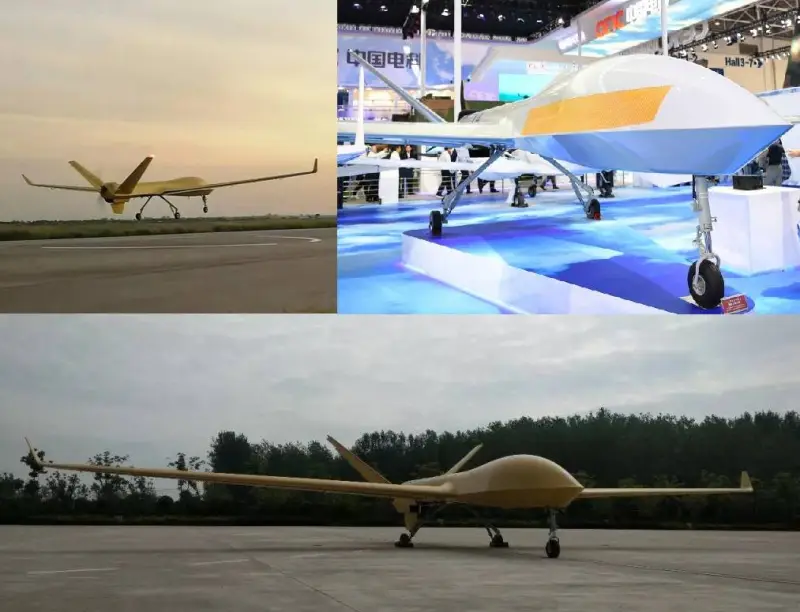
Prototype UAV DRLO JY-300 Chinese company CETC
UAV "Helios-RLD"
The Helios-RLD UAV is one of the promising projects being developed by the Kronstadt group. Currently, Kronstadt is already mass-producing the Orion UAV, which we recently discussed in the material Destruction with confirmation: the use of the Lancet-3 kamikaze UAV from the Orion UAV carriers will defiantly destroy Ukrainian Patriot air defense systems and HIMARS MLRS. The readiness status of other projects is unknown, but there is no doubt that development is underway - relatively recently another promising drone was spotted in the air - the Sirius UAV. According to open sources, the first flight of the Helios-RLD heavy UAV should be carried out in 2024.
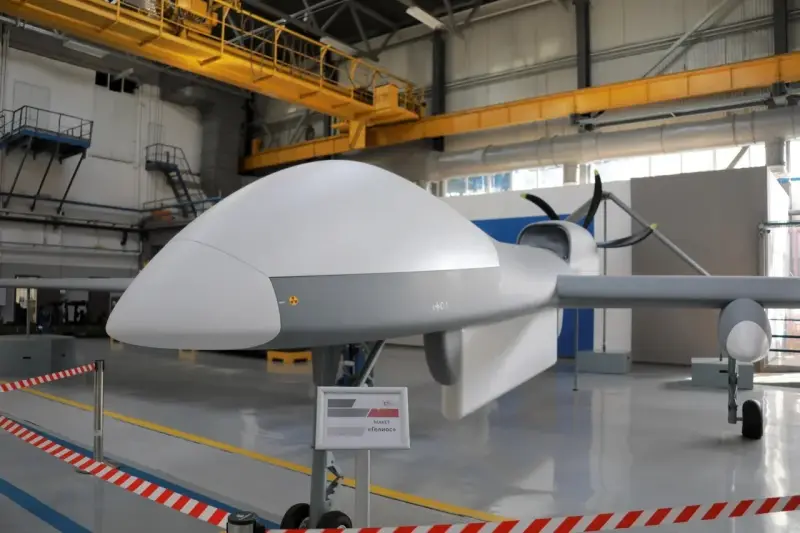
Model of the Helios-RLD UAV. Image by the Ministry of Industry and Trade of the Russian Federation
As its name suggests, the Helios-RLD (radar patrol) UAV is precisely designed to perform radar detection tasks, including low-flying targets.
When they talk about the use of UAVs as carriers of AWACS equipment, skeptics often say that it is impossible to place on them the same volume of on-board electronic equipment (avionics), as well as a radar station (radar), comparable in capabilities to that installed on “large” manned AWACS (U-control) aircraft. This is true, but UAV-AWACS should not replace A-50 or A-100 type AWACS aircraft, but should effectively complement them within the framework of a single reconnaissance and strike contour - in fact, this is exactly what representatives of the UAV developer company Helios are talking about -RLD.”
The lower power of the radar of the Helios-RLD UAV should be compensated by their number and the possibility of long-term stay in the air - it is assumed that for the Helios-RLD UAV the flight duration will be 24-30 hours at a speed of about 350-450 kilometers per hour, with a maximum flight altitude can reach 11 meters.
The advantage of UAV-AWACS is not only that they are able to see low-flying objects, regardless of changes in terrain, but also that, as we said earlier, enemy space electronic reconnaissance (RTR) means are highly likely to track the location of all operating Russian radars , which allows the enemy to plot the flight route of low-flying air attack weapons, taking into account ensuring the minimum probability of their detection and destruction.
Under these conditions, groups of Helios-RLD UAVs can be on duty with a quasi-random change in their flight trajectory in such a way that the enemy will not be able to calculate which area of the terrain at one time or another will be covered by radar equipment and which will not. With the increase in the number of Helios-RLD UAVs in the ranks of the RF Armed Forces, such areas may not remain at all - several dozen, or even hundreds of Helios-RLD UAVs, on duty 24 hours a day, can take control of extended areas, providing timely detection of low-flying cruise missiles, kamikaze UAVs and other airborne weapons.

UAV "Helios-RLD". Image commons.wikimedia.org, Kirill Borisenko
To increase the efficiency of solving the problem of detecting enemy cruise missiles, it is possible to propose that the manufacturer introduce ultraviolet radiation sensors into the Helios-RLD UAV, which are used to detect the specific radiation of jet engines of attacking air-to-air missiles (AAM) and anti-aircraft guided missiles (SAM) .
Firstly, presumably, this will make it possible to detect the torches of cruise missile engines in a similar way - the ultraviolet radiation of rocket engines is in the region of the spectrum of electromagnetic waves, where there is no natural background radiation, and accordingly, there are no reflections and interference from the earth's surface and other objects. Thus, UAV-AWACS will be able to detect enemy missile systems in two ways - using radar and using UV sensors.
Why not a thermal imaging camera that can see the heat from the engine? Because, taking into account the limitations of the UAV in terms of carrying capacity, it is far from a fact that it will be possible to place both a radar and an optoelectronic system (OES) with a high-resolution thermal imager, and UV sensors, apparently, are quite compact. However, if this is not the case, then radar + OES + UD sensors in combination will be even more effective.
Secondly, the presence of UV sensors will make it possible to use them to protect the UAV itself from attacks by V-V missiles and missile defense systems. Considering that means of releasing protective traps are already installed even on cruise missiles, using them on a “reusable” UAV is more than reasonable. If an attack is detected, the UAV-AWACS can turn off the radar, undertake an evasive maneuver and launch decoys - given its supposed low radar and thermal signatures, it may be lucky.
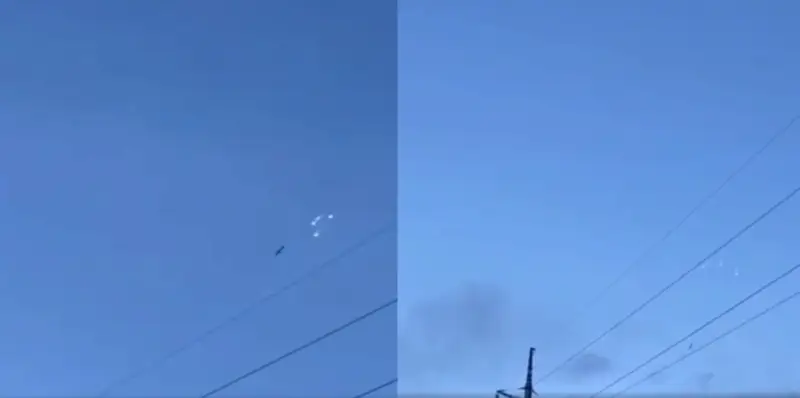
Russian cruise missile (presumably Kh-101) shoots off defensive decoys
Not “Helios” alone...
Considering that the Orion UAV was the first to appear, that the larger Sirius UAV is already being tested in the air, and the first flight of the Helios-RLD UAV is still scheduled only for 2024, the option of using UAV "Sirius" as a platform for placing AWACS equipment. Yes, its payload capacity should presumably be lower than that of the Helios-RLD UAV, but this can be compensated for by installing less powerful radars.
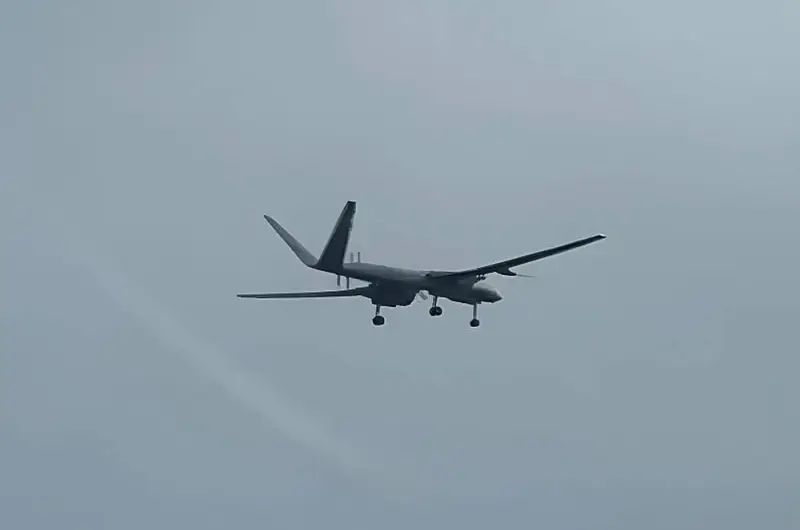
UAV "Sirius" during a test flight
The reality is that the intensity of low-flying airborne strikes will increase now, or rather, is already increasing, so the development of UAV-AWACS should become one of the highest priority tasks - it is in this capacity that MALE class UAVs will be most useful. However, the Sirius UAV, in terms of providing air defense, can potentially solve other problems, which we will talk about later.
Conclusions
UAV-AWACS, in particular the Helios-RLD UAV, can and should become one of the most important elements of our country’s new deeply layered air defense system.
With the help of UAV-AWACS, a spatially distributed, dynamically changing network can potentially be built, providing detection of low-flying air attack weapons with a depth of tens of kilometers and an extension along the entire line of combat contact.
In the future, we will consider other elements of a promising air defense system, which could potentially completely close the skies of our country to enemy air attack weapons.
Information